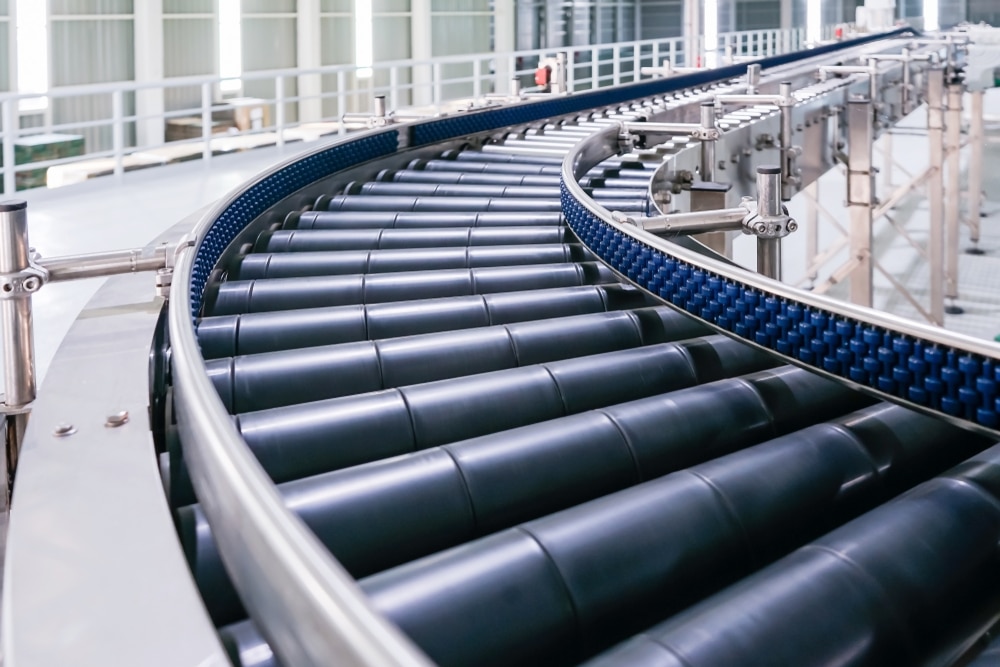What Is a Sludge Conveyor
Sludge conveyors are adaptable equipment built to move materials that are high in water and low in solid content. They are capable of moving challenging materials through difficult environments, such as up and down inclines or around corners. Sludge conveyors are made up of a power source, a trough, and either rotating helical screw blades or a conveyor belt. They can be constructed in varying inclines and diameters from a range of materials, such as stainless steel, abrasion-resistant alloys, and more.
Sludge conveyors are used in applications throughout several industries, such as mining, wastewater treatment, bulk material handling, and food processing. There are two primary conveyor types that are used throughout these applications: belt conveyors and screw conveyors. Choosing the best type of conveyor typically depends on what materials your application involves and their consistency.
Belt Conveyors vs Screw Conveyors
When deciding between a belt conveyor and a screw conveyor, it is important to consider the application and the type of sludge being transported. While some applications are compatible with either type, there are some that require the use of screw conveyors.
For example, within the wastewater treatment industry, dewatered biosolids result in sludge that is 15-30% dried solid. For this type of sludge, either a belt conveyor or screw conveyor may be used. However, other wastewater treatment applications remove up to 95% of the biosolids’ water content, resulting in a dry product. In these instances, screw conveyors are best.
There are some key differences between these two types of sludge conveyors. For example, screw conveyors are completely enclosed. This provides an additional safety measure and also helps with odor control. Additionally, screw conveyors function vertically. Belt conveyors have more limited incline conveying capabilities but work well in long-distance applications.
Screw conveyors require fewer bearings than a belt conveyor and can be used in hopper live bottom applications. However, screw conveyors are not best when working with stringy materials, as they can rag on shafts or hanger bearings. They can also shear through your material, which may cause changes to the sludge, whereas belt conveyors move materials without mixing or disturbing them during transport.
Sludge Conveyors at Reinke & Schomann
Sludge conveyors are useful for transporting many types of materials and can be adapted to meet the unique needs of each application. Reinke & Schomann engineers and manufactures centerless, solid shaft mounted, and pipe or tube mounted screw conveyors in customizable styles and materials. To get started on your custom solution, request a quote today.






